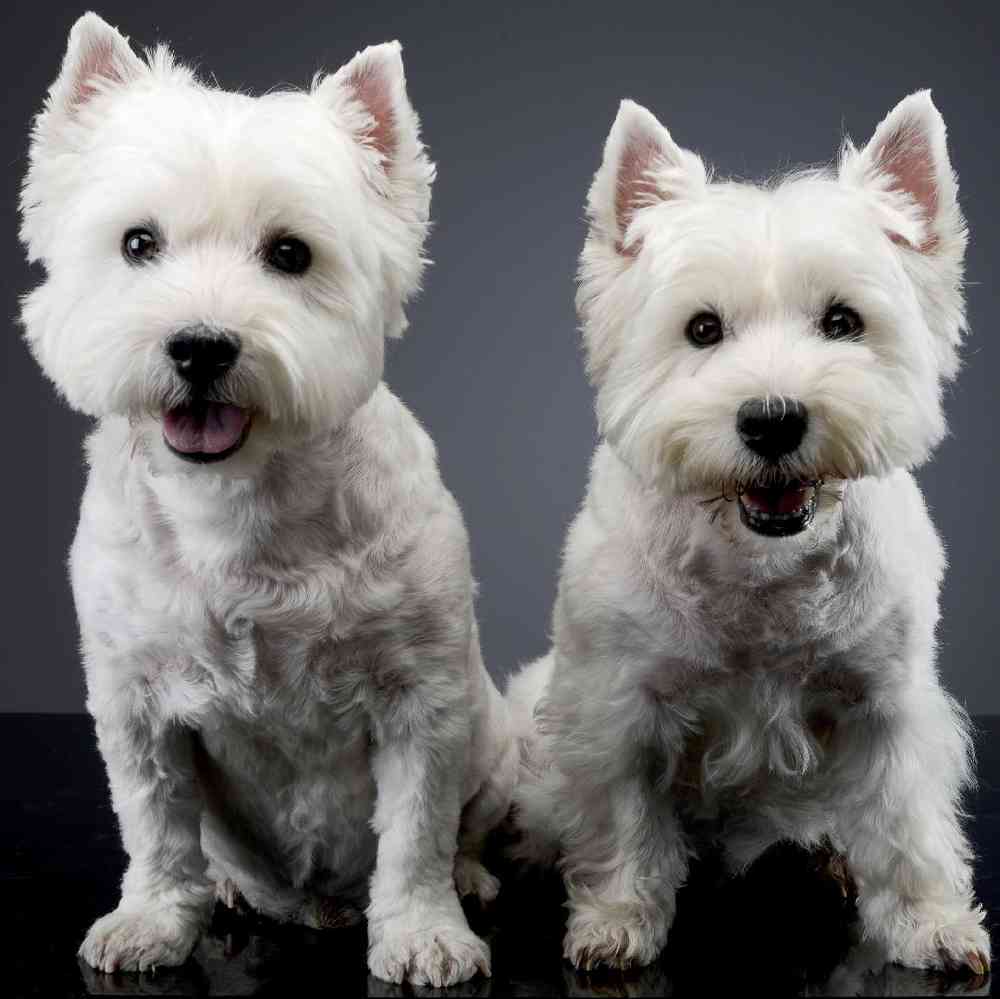
Smart, confident, and always entertaining at play, the adorable West Highland White Terrier (Westie, for short) has charmed owners for over 300 years. This diminutive but sturdy earthdog is among the most popular of the small terriers.



The West Highland White Terrier is a small, game, well-balanced hardy looking terrier, exhibiting good showmanship, possessed with no small amount of self-esteem, strongly built, deep in chest and back ribs, with a straight back and powerful hindquarters on muscular legs, and exhibiting in marked degree a great combination of strength and activity. The coat is about two inches long, white in color, hard, with plenty of soft undercoat. The dog should be neatly presented, the longer coat on the back and sides, trimmed to blend into the shorter neck and shoulder coat. Considerable hair is left around the head to act as a frame for the face to yield a typical Westie expression.
Terrier